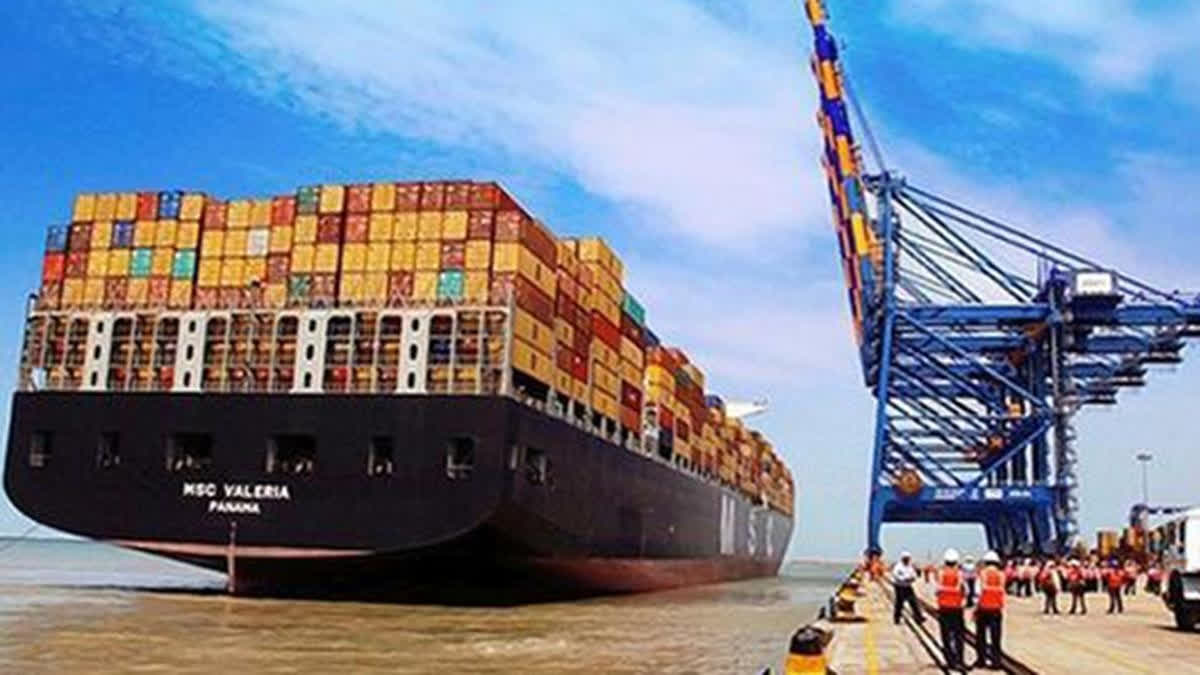New Delhi:There is no adverse impact on India's exports and imports so far due to the Red Sea crisis, an official said. The official said that the transportation cost has increased as the shippers are taking a long route. "There is no impact in volume terms so far. Only the transportation cost is up. It has risen for all the countries. It has not affected the trade adversely so far. We have to see the long term demand, but it will depend on the EU and the US," the official added.
These two regions account for over 30 per cent of the country's total exports. However, exporters said that they are keeping their fingers crossed as due to the significant jump in freight cost, India's exports may be impacted. The trade data for January will be released by the commerce ministry on February 15. In December last year, exports rose marginally by one per cent to USD 38.45 billion.
Due to the attacks by Yemen-based Houthi rebels on commercial ships, the movement of goods from the Red Sea, the world's busiest shipping route, has disrupted the global supply chains as vessels have to take long routes for exports and imports. The immediate ripple effects are seen in increased freight costs, mandatory war risk insurance, and significant delays due to rerouting.
According to think tank GTRI, the average container spot rates have more than doubled since early December 2023. Basmati rice exporters face freight costs soaring to USD 2,000 per 20-tonne container for destinations around the Red Sea, marking a 233 per cent increase, it has said in a report. Houthi group has been using drones and rockets to target ships, which are transporting goods through the strait of Bab al-Mandab, which is a crucial shipping route connecting the Mediterranean Sea to the Indian Ocean.
The strait, vital for 30 per cent of global container traffic, has seen increased tensions with various incidents in 2023, including attacks and military manoeuvres by regional and global powers. India is heavily reliant on this route for trade and energy imports and due to the disruptions, exporters here have to diversify their trade routes.
